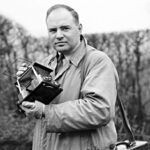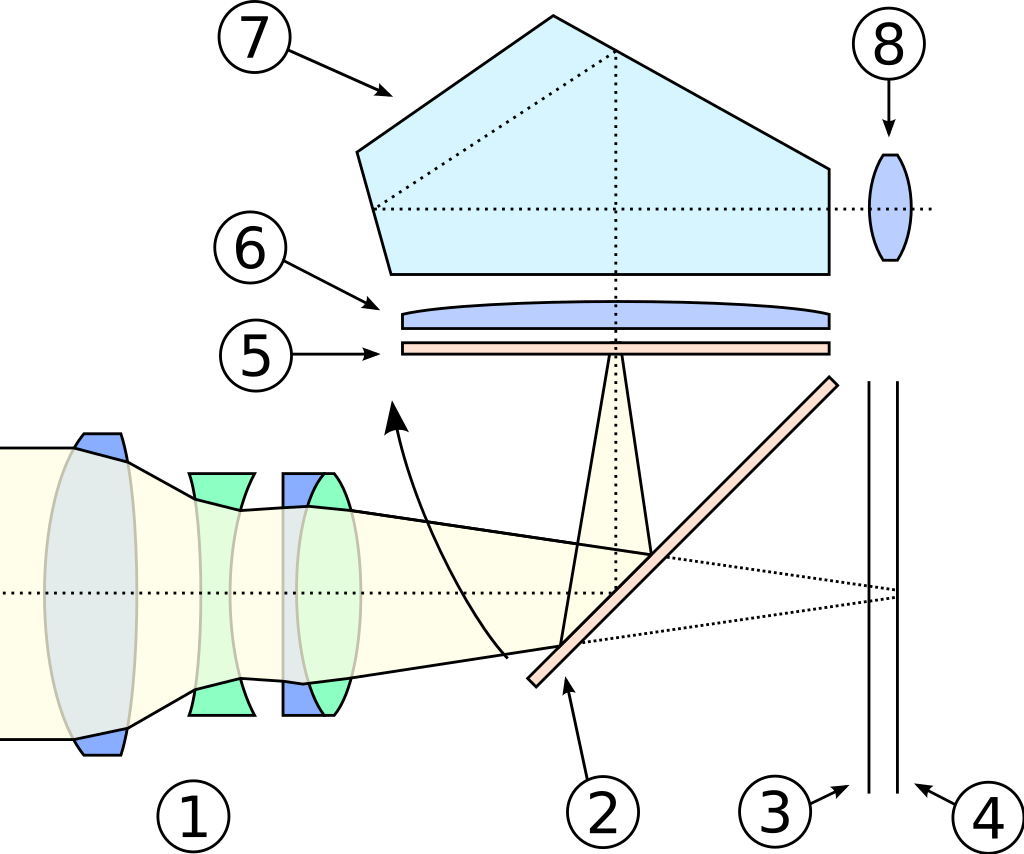Mid-to-Late 20th Century: Automation, New Formats, and the Digital Dawn (1950-2000)
The latter half of the 20th century saw further advancements in camera technology, including automation, new film formats, and the beginnings of digital imaging..

Many dilettante enthusiasts of photography have enriched the early photographic repertoire with true masterpieces. John Topham [TopFoto] was indisputably one of the most gifted amateurs-turned-pros: quitting the London police force in the 1920s, he pursued a career behind the camera to become one of the century’s most important photographers. From 1931 till 1972, he photographed – as he put it – the “little things of life – the way it really was”. Princess Elena Petrović-Njegoš of Montenegro, Italy’s queen in the first half of the 20th century, was an amateur photographer with an eye for business as well: passionately documenting her travels with many a well-achieved picture, she also invented the concept of the ‘signed photograph’, sold at charity desks to help raise funds for the victims of WorldWar I.

- 1 – Front-mount Lens
- 2 – Reflex mirror
- 3 – Focal plane shutter
- 4 – 135 film or 35mm format sensor
- 5 – Focusing screen
- 6 – Condensing lens
- 7 – Pentaprism
- 8 – Eyepiece